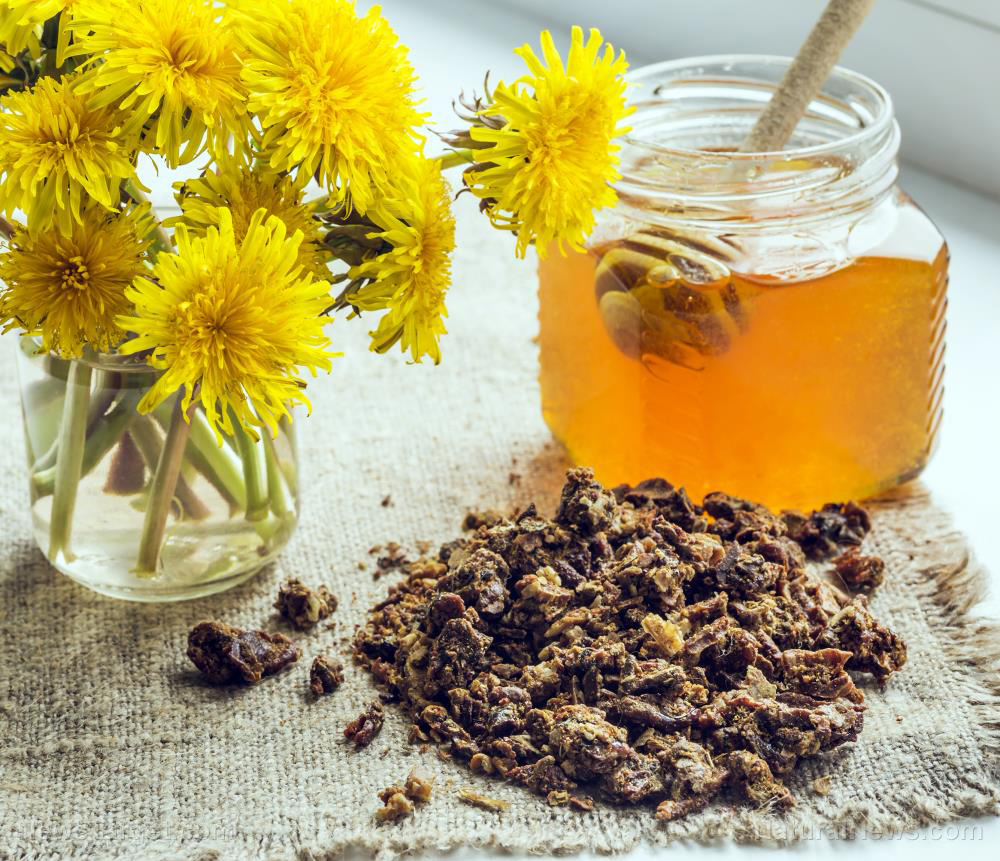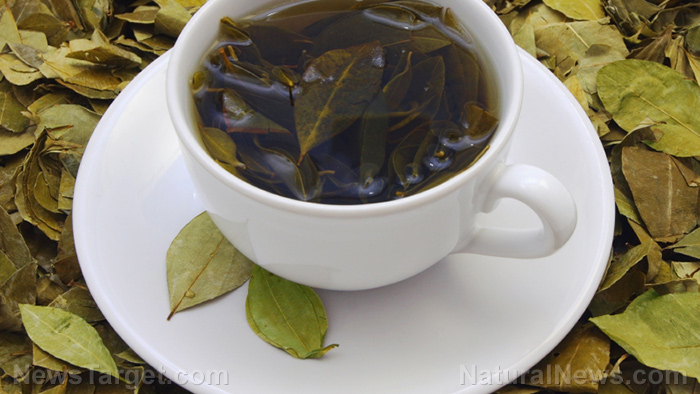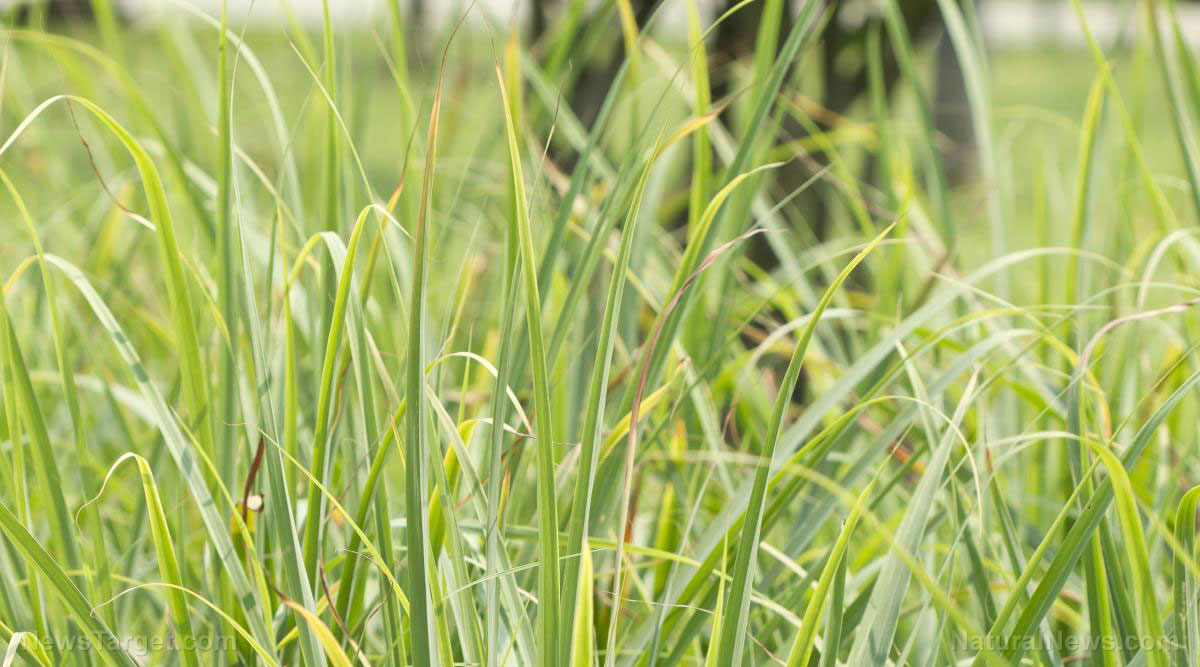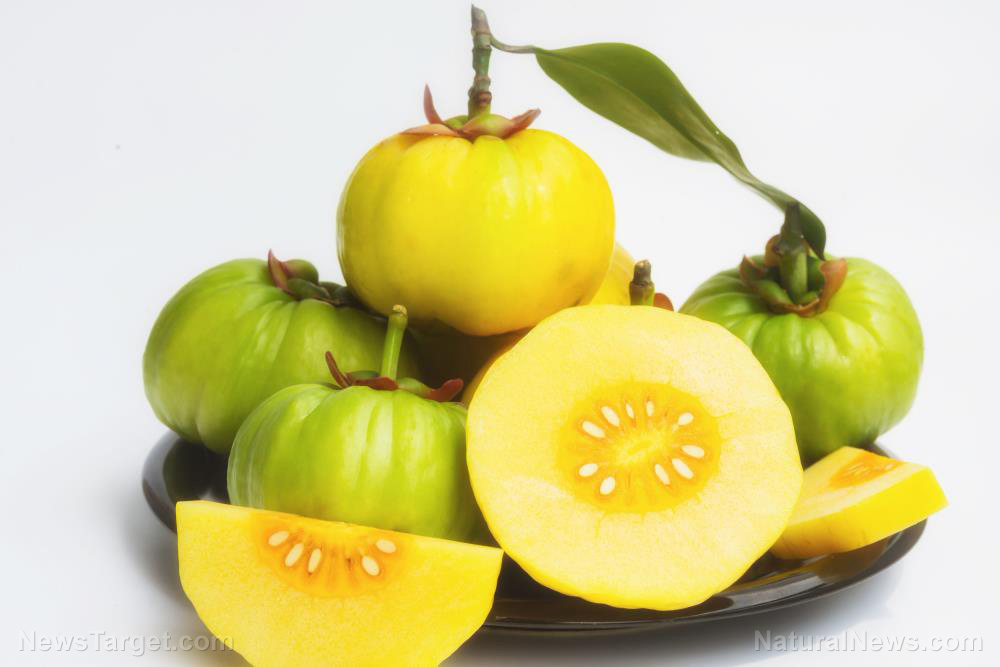4 amazing reasons to take manuka honey
12/05/2018 / By Ellaine Castillo
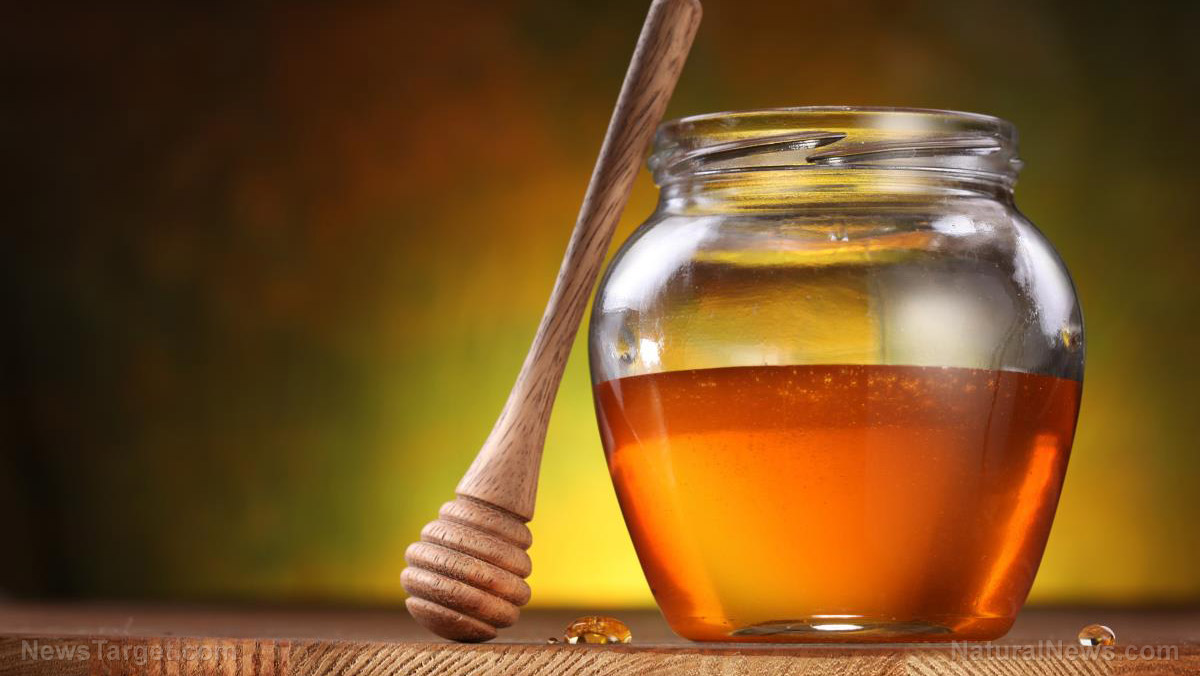
Manuka honey, which is produced in New Zealand and some parts of Australia, has gained immense popularity in recent years due to its many health benefits. However, it has already been used as folkloric medicine prior to its rise to fame. For those who still aren’t familiar with this product, it might seem unnecessary to buy this variety when you can get some perfectly good honey at a cheaper cost; but this variant is worth every cent because it contains high levels of the natural antibacterial compound called methylglyoxal.
Although most honey has methylglyoxal, it is often found at extremely low levels that are practically negligible when compared to what is present in manuka honey. Bees are able to produce this variant by specifically pollinating the manuka plant, which is rich in methylglyoxal. This compound is responsible for the more potent antibacterial properties observed in manuka honey. The discovery of methylglyoxal was so groundbreaking that researchers immediately came up with a standardized system called Unique Manuka Factor (UMF) to grade the potency of each batch. If manuka honey has a UMF rating of 10+ and higher then it can provide you with the most benefits.
Manuka honey has transcended being folkloric medicine and it is now being recommended by scientists and healthcare professionals for the following purposes:
- Wound healing — A study published in the International Journal of Biomaterials revealed that applying manuka honey along with other preparation materials on your wounds can speed up the healing process by stimulating skin cells to regenerate faster.
- Fighting infection — The use of antibiotics has led to the development of drug-resistant bacteria so researchers are now turning to natural products to solve this problem. Manuka honey has shown great potential in slowing and reducing infections caused by common bacteria, such as Staphylococcus and E. coli. According to a study by researchers from Australia and New Zealand, the antibacterial properties of manuka honey exceeds those of the three other variants that they tested.
- Sore throat remedy — A teaspoon of honey in your tea will soothe your sore throat. However, if you upgrade to using manuka honey, it won’t just relieve the pain, it will even fight off the bacteria causing your sore throat.
- Skincare treatment — Manuka honey is now commonly added to skincare products on the market since it is very moisturizing. Moreover, it increases the production of collagen and kills bacteria that can cause skin damage. These properties are extremely beneficial to those who have eczema and sunburns. (Related: Why you should treat Eczema with Manuka honey cream.)
Manuka honey grading systems
Manuka honey is often graded based on their quality. However, not all manufacturers use the same grading system so it can get a bit confusing at first. To make sure that you are getting your money’s worth, you have to understand what these scores stand for and to help you, here are some of the commonly used grading systems for manuka honey.
- Unique Manuka Factor (UMF) — The Unique Manuka Factor is based on the amount of methylglyoxal and dihydroxyacetone present. These two contribute to the non-peroxide activity of manuka honey, which corresponds to its antibiotic strength relative to the common antiseptic phenol. Ratings often range from 5+ to 20+ but there are rare instances wherein manuka honey has a UMF above 30+.
- MGO — This is the most straightforward way of rating manuka honey since it just states the methylglyoxal content, which should be enough to give you an idea of its antibacterial strength since this is the active component that contributes to this property. MGO scores can range from 30+ to over 800+, with the score corresponding to the milligrams of MGO found in each kilogram of manuka honey.
- KFactor — Unlike the other two, KFactor does not measure antibacterial strength, it only measures the purity of manuka honey. By purity, it refers to the amount of pollen present. There are only three possible grades for KFactor. These are KFactor 12, 16, and 22, which correspond to 65, 75, and 90 percent pollen respectively.
For more articles about manuka honey, visit Superfoods.news.
Sources include:
Tagged Under: alternative remedies, eczema, healing, honey, infections, manuka honey, Sore Throats, sunburn, wounds




